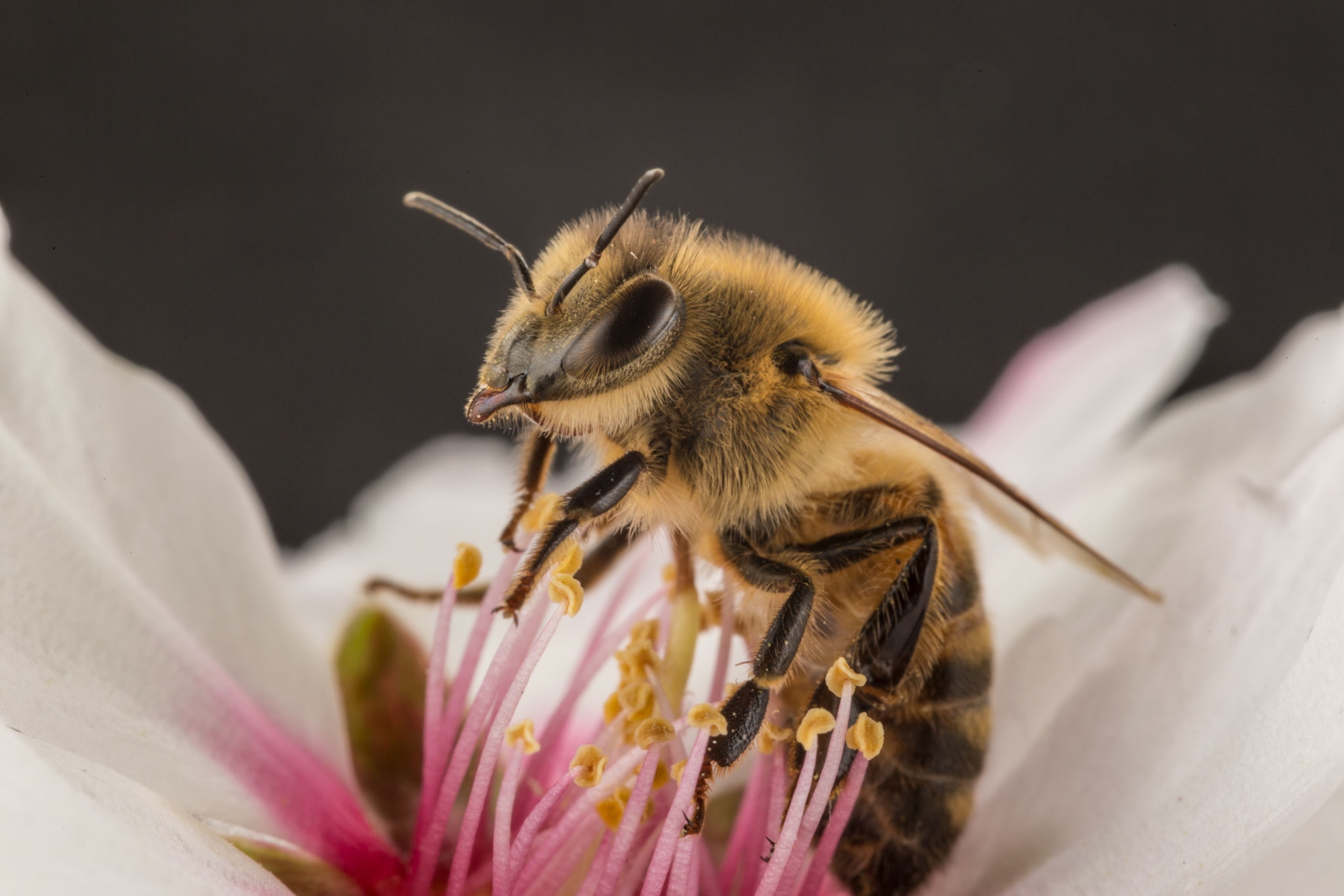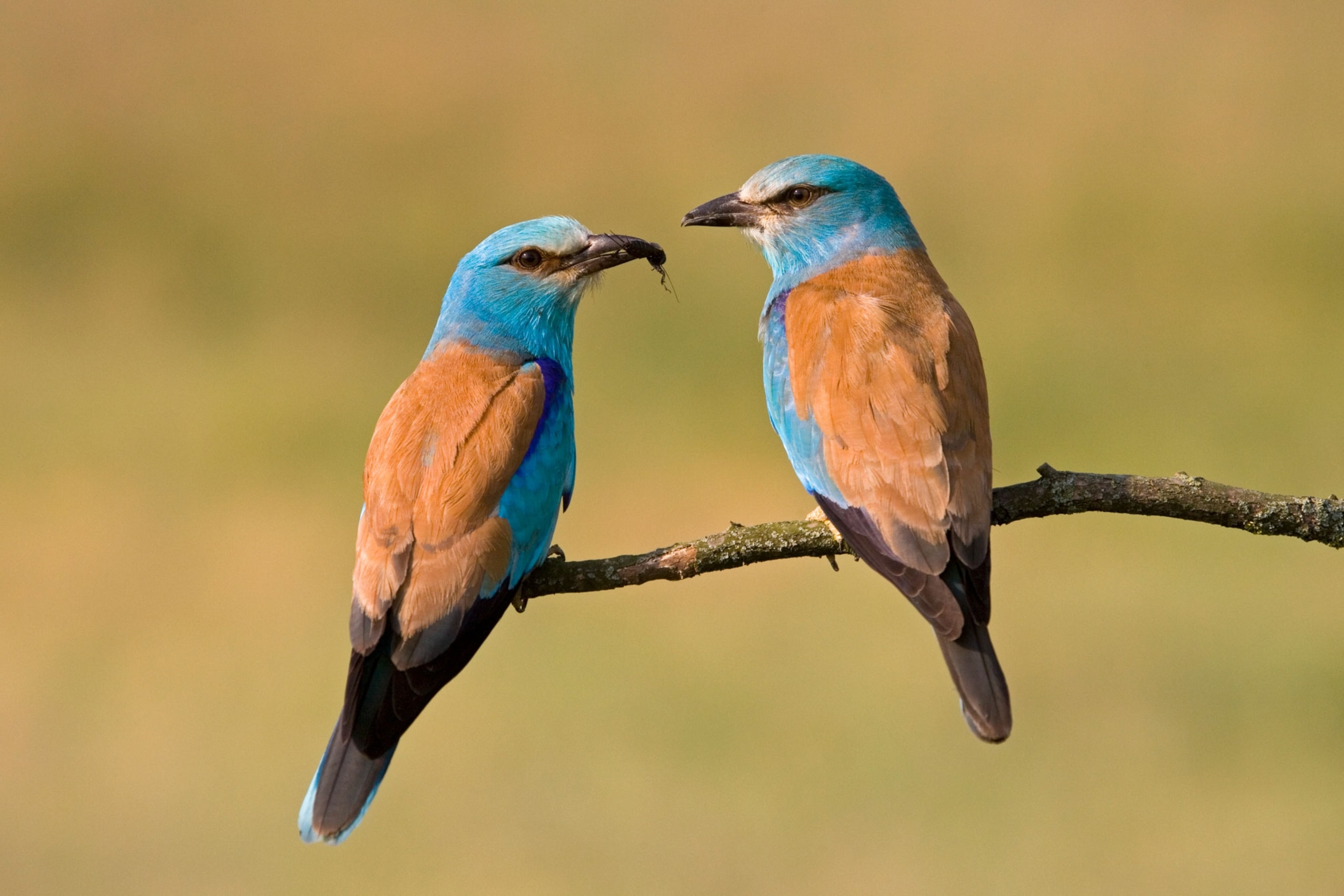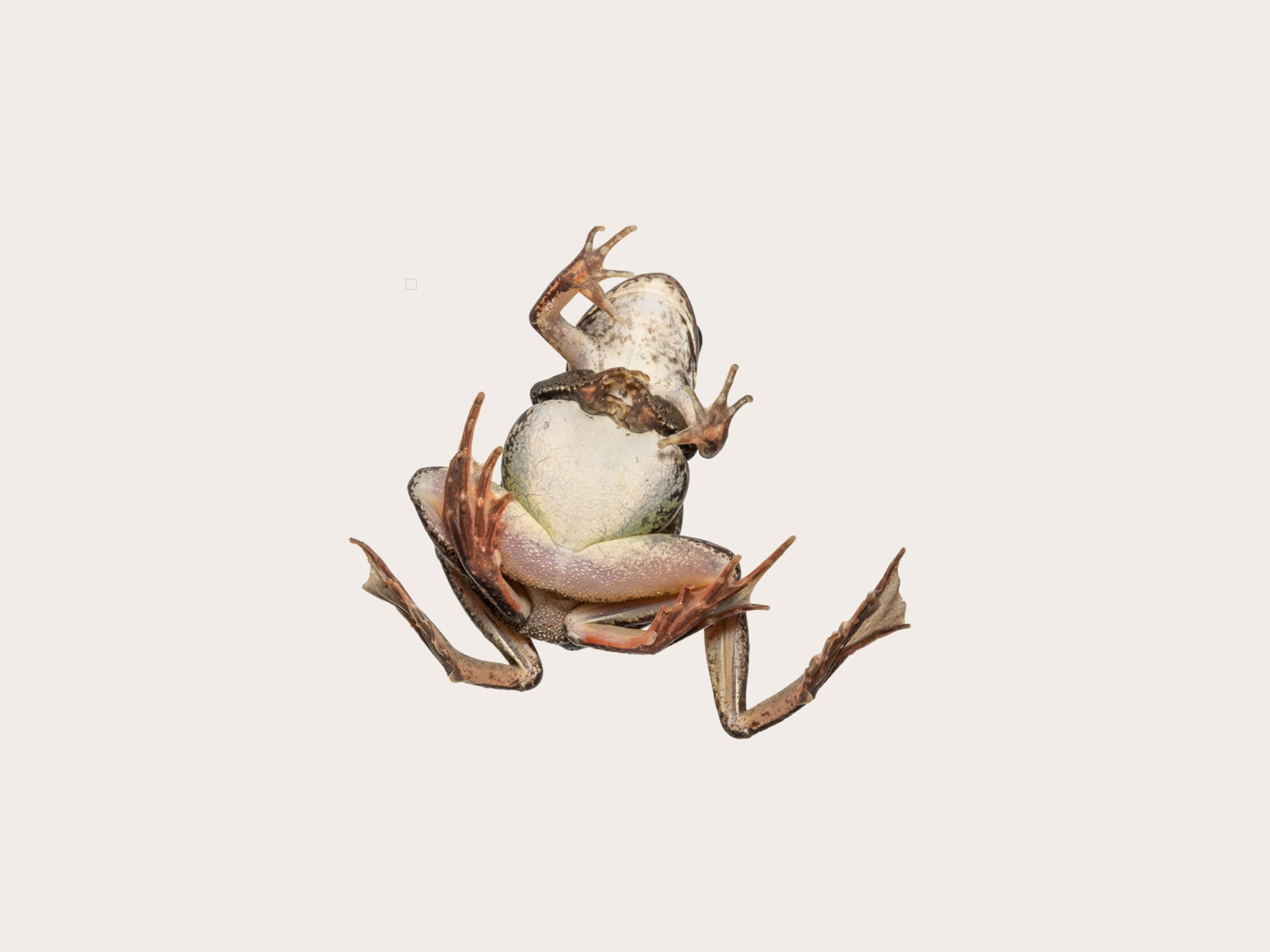
You May Be Eating Vomit, and More Bizarre Barf Facts
Throwing up bodily fluid has some surprising uses in nature, such as defense.
“I’ve heard stories of pythons vomiting diamonds,” Enabulele MacDonald recently asked Weird Animal Question of the Week. “Is this true?”
Some questions are just gems.
There is folklore of Nigerian origin that “certain snakes will vomit a stone that illuminates an area so that snake can hunt at night,” Phillip Scher, an anthropologist at the University of Oregon, says by email. (See our amazing snake pictures.)
The myth may arise from the existence of calculi, mineral deposits similar to kidney stones, in the bodies of some snakes, Scher says.
Though reptiles are sadly not a source of precious jewels, MacDonald’s question made us wonder: “What are some of the weird things animals do vomit or regurgitate?”
Getting Rid of Something Unpleasant
Vomiting is “a very active response that the brain stem makes” to an irritant or illness, says Charles Horn, a neuroscientist at the University of Pittsburgh. It involves contraction of the intestines, followed by retching and then the grand exit.
Snakes vomit for the same reasons other animals do—including nerves. This python vomited an entire antelope likely due to feeling stressed around nosy humans.
Most cat owners deal with hairballs, lovely little packets of matted hair deposited by their pet felines. Hairballs happen when fur gets built up in their gastrointestinal tract, setting off receptors that tell the brain to vomit, says Mark Rondeau of the University of Pennsylvania College of Veterinary Medicine.
Regurgitation is a more passive, reflexive process, often brought on by an irritation of the esophagus, he adds. (See “Dino-Era Vomit Fossil Found in England.”)
Birds of prey, such as owls and hawks, "regurgitate a pellet or casting of the undigested bone, fur, and feathers" of prey on a daily basis," Kim Stroud, director of the California-based Ojai Raptor Center, says by email.
In this way, the birds "rid themselves of the waste they cannot digest prior to eating again."

Having Fun
Hyenas already have a disgusting reputation—females sport a pseudophallus, for one—and their love of throw up likely won’t help.
“Hyenas love to roll in vomit,” says Sarah Benson-Amran, a biologist at the University of Wyoming.
Why they like to slide around in undigested hoof, bone, and hair is unclear, she says.
Defense
Some vultures, such as the turkey vulture, vomit as a defense, stinging potential predators with their acidic puke and lightening their own load so they can fly away more easily.
European roller nestlings also produce a gooey orange vomit that deters predators.
When attacked, large white butterfly caterpillars throw up a green fluid of semi-digested cabbage, which already contains compounds that smell and taste unpleasant to predators, such as birds. (Related: "Vomiting Caterpillars Explained.")

Easier Eating
Houseflies barf up digestive enzymes onto food in order to liquify it for easy eating.
Wolves are also well known for regurgitating food for their babies. For instance, wolf pups will lick their parents' mouths, causing the adults to throw up recently eaten meat—a tasty treat.
Grossed out? If you like honey, you're eating bee barf. Honeybees drink flower nectar, which mixes with an enzyme and comes back up as honey. (Related: "Bumblebee Buzz Literally Makes Flower Explode with Pollen.")
Now, aren’t you glad we brought this up?
Have a question about the weird and wild world? Tweet me, leave me a note in the comments, or find me on Facebook. Weird Animal Question of the Week answers your questions every Saturday.




